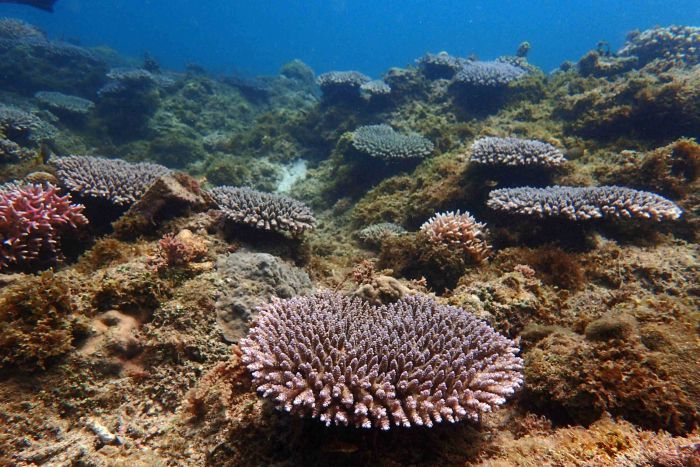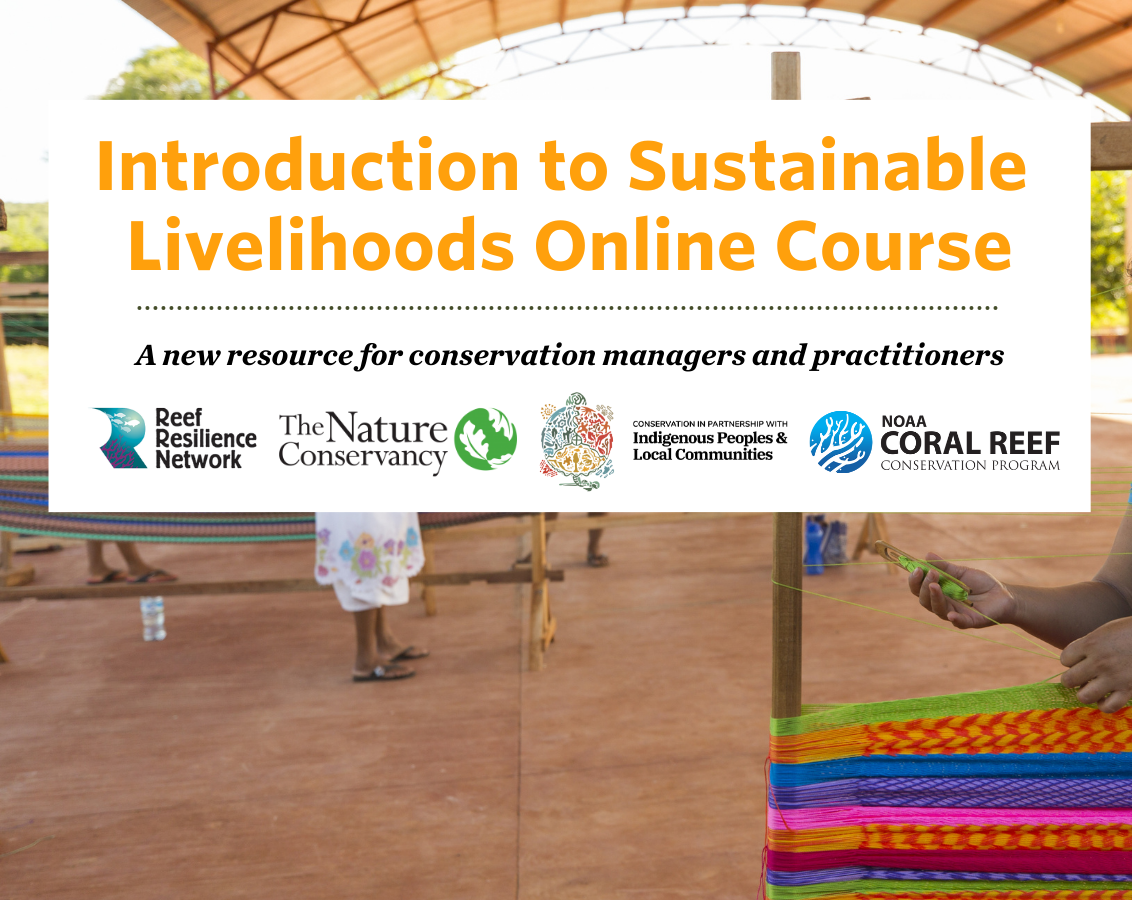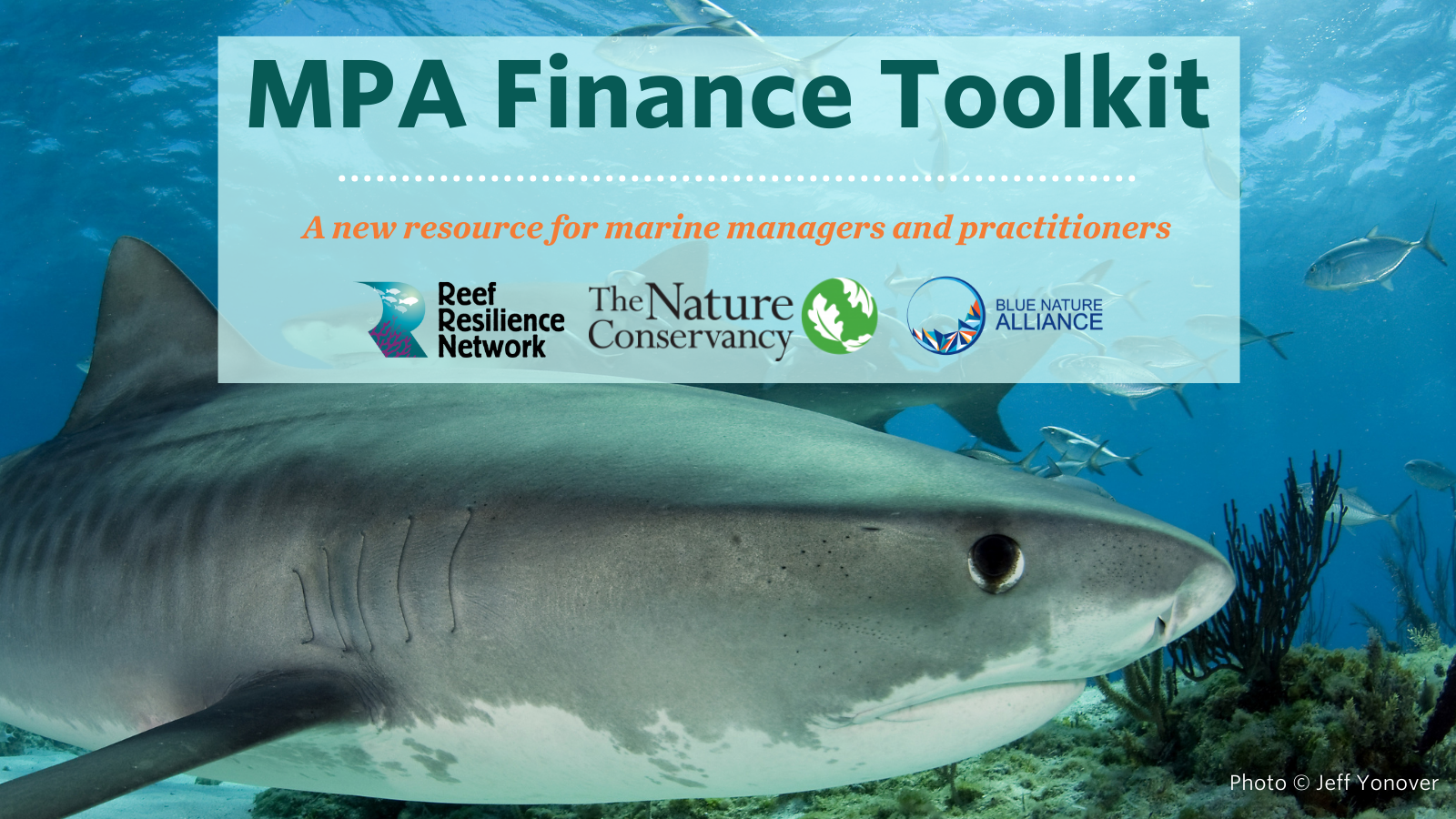Listen to a new podcast interview with Dr. Peter Harrison, Director of the Marine Ecology Research Center at Southern Cross University about his mass larval propagation and restoration projects in the Philippines and Australia. We got a chance to sit down with Dr. Harrison during the Great Barrier Reef Restoration Symposium in Cairns, Australia and ask about the methods he’s used for restoration, what has led to success in his projects, and advice for managers and practitioners interested in starting restoration projects.
Dr. Peter Harrison
Interview Transcript
Reef Resilience (RR): Hi everyone! Today, Reef Resilience is interviewing Dr. Peter Harrison, Director of the Marine Ecology Research Center at Southern Cross University about his coral restoration efforts in the Indo-Pacific. Peter, can you briefly describe the coral restoration projects that you’ve done to date in the Philippines – for instance the kinds of methods you’ve used and partners that you’ve worked with to do this project?
Peter Harrison (PH): So what we’ve done so far is eight successful coral larval restoration projects, five in the Philippines and three on the Great Barrier Reef. In the Philippines we’ve been working for the last five years, and what we’re doing is capturing coral spawn from healthy corals, rearing it, and so we’re getting high rates of fertilization, lots of larval development, and raising millions of larvae each year. Then we’re putting those larvae directly back on the reef systems. So our work in larval propagation is a bit different to most other research groups around the world we’re focusing on trying to get the maximum success rates directly on the reef. The interesting thing about the Philippines is these are really highly degraded reef systems – they used to have spectacular coral cover – and with blast fishing over many decades, Crown-of-Thorns outbreaks, bleaching, typhoons, everything thrown at it, the the reef is now moribund and there is no natural recruitment happening at a scale that will help that reef recover naturally. So what we’re doing is catching the last remnants of the healthy populations, breeding millions of coral larvae, and putting them back on the reef, and we’re getting some fantastic results.
RR: That’s great. Actually, my question for you is about your results. Do you think these projects have been successful and what do you think has led to their success?
PH: The project outcomes have been fantastic, as good as we would’ve hoped given how bad these reef systems are, so it offers a little bit of hope for what might do in other regions around the world where really highly degraded reef systems have become the norm on what was really spectacular coral reef environments. So what we’ve done so far is we’ve used a range of different coral species, some fast growing Acropora and some slower growing brain corals, and among the fast growing corals we are getting spectacular results. We’re getting growth that’s occurring so quickly that we’re getting breeding initially after 3 years after the larval settled on the reef, so they’ve grown now up to a half meter in diameter – so really, really fast growth. This last year and a couple of years ago, we captured the spawn from the three corals that we’ve settled as larvae and have grown to breeding size and we put those larvae back into other parts of the reef. Surprisingly, we have even faster growth rates in the second generation of corals and we now have the world’s fastest growth to breeding age of any Acropora in the world, so we’ve got a world record. They’ve become breeding age and size at 2 years. So we’ve closed the life cycle directly on the reef for the first time within 2 years, and even highly degraded systems are amenable to this sort of work.
RR: So you have a lot of experience in this area and have done a lot of work, and I was wondering for our managers if you have any advice for new people that are starting in this field – managers or scientists or practitioners?
PH: Yes, there’s great opportunities. Each reef system is a little bit unique, the circumstances are unique, what sort of resources are available, what condition the reef is in, whether or not it’s still got three-dimensional structure that can provide habitats for coral larvae, if it’s been completely wiped out by major typhoons/cyclone impacts and is stripped bare, then you might need to think about some sort of three-dimensional structure coming back in with some fragmentation studies to slow the movement of water down to allow coral larvae in the future to increase in terms of recruitment. I guess the other key message is that we know that probably 95% of the so-called coral restoration projects have relied on fragmentation, and we’ve seen relatively few of those truly successful. The larger scale nursery processes, even though they are more expensive, that are working in the Caribbean with endangered Acropora species are a good example of how large-groups, really well-focused, thinking of this over multi-year programs, can actually come up with a meaningful increase in biomass. But we are still operating at small scale, and one of the advantages of the larval restoration approach is theoretically you can scale this up to much large scales than we are currently doing with asexual fragmentation and coral gardening approaches. We’ve got to two 100 meter square patches of reefs that we’ve been dealing with on the Great Barrier Reef and more recently back in the Philippines. My aim now is to build to a half hectare and then 1 hectare areas with this mass larval restoration process and hopefully in the future we’ll be operating at kilometer scales. When we are operating at kilometer scales, you’re really talking about reef restoration as opposed to smaller scale coral restoration.
RR: Well you’ve given us a lot to think about and provided a lot of great information, so thank you so much for sitting down with us today.
PH: You’re very welcome.



